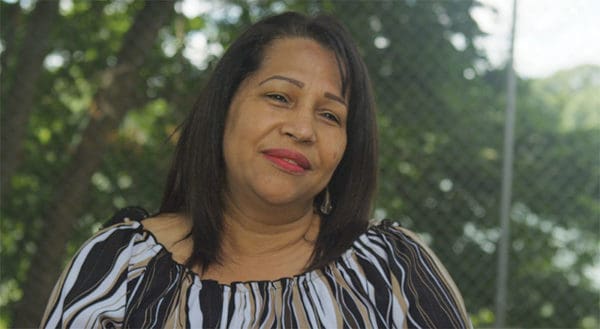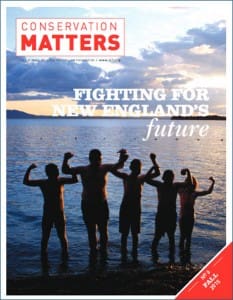Jul 02, 2016
… Count the Conservation Law Foundation (CLF) among those that don’t believe the hype about the region’s need for more natural gas. The two major arguments used by Invenergy in support of its plan to build a power plant in Burriliville are that the plant is needed for the reliability of the electricity grid and to save… Continue reading Politicians, Energy Companies Just Want You to Trust Them
Jun 27, 2016
… The gist of her remarks seems to be that Burrillville town attorney Michael McElroy convinced her that the town might be on the hook financially for the fines that Invenergy might suffer for not delivering on its obligations to ISO-NE. I couldn’t see how this was possible, so I asked Jerry Elmer, senior attorney at the Conservation Law… Continue reading Why Should Burrillville Care About Invenergy’s Bad Financial Decisions?
Jun 16, 2016
… The Invenergy power plant is not needed in the short-term or medium-term or long-term,” said Jerry Elmer, Conservation Law Foundation’s senior attorney. He’s citing one witness testifying on behalf of CLF, which is participating in the review process underway with the state’s Energy Facility Siting Board. Read more here…
May 21, 2016
… whether or not Invenergy‘s proposed fracked gas and diesel oil burning power plant gets built in their town has been reviewed by Conservation Law Foundation (CLF) Senior Attorney Jerry Elmer, and his verdict is clear… Read more here…
Apr 16, 2016
… Jerry Elmer, senior attorney for the Conservation Law Foundation (CLF), said he is unaware of a precedent that prevents a town council from taking a stance on an issue, especially when the council isn’t voting on the application. CLF is a designated intervenor in Invenergy’s application and opposes the proposed natural-gas power plant. …… Continue reading Burrillville Town Council Quiet as Residents Seek Answers About Proposed Natural-Gas Power Plant
Mar 30, 2016
… Roberts is submitting the testimony on behalf of the Conservation Law Foundation, a regional environmental group that is opposed to the power plant proposal. The group gave The Providence Journal an advance copy of the filing. … Roberts is not the first to invoke the Resilient Rhode Island Act in fighting the proposal. Jerry… Continue reading Proposed Burrillville power plant would thwart emissions goal
Mar 08, 2016
Evidence indicates that the proposed Invenergy fossil fuel plant is unnecessary, as explained in this ecoRI article. One of Invenergy’s principal reasons for the project appears to have been undercut. The energy company has said a new plant is necessary to meet the growing demand for energy in the region and to fill the energy… Continue reading Opponents Question Need for More Natural Gas
Mar 05, 2016
When Ana Quezada and her husband first bought their South Providence home 10 years ago, they were thrilled about the large pond bordering their backyard. It was only after they moved in that they learned that Mashapaug Pond is so contaminated from industrial and stormwater pollution that it’s been closed to fishing and swimming for decades.
Jan 28, 2016
Rhode Island is a destination for people from around the world, who travel here to explore our history, sail our waters, and enjoy our beaches. But for us, it’s home – a place CLF has pledged to protect with all the passion and skill we have.
Oct 08, 2015
Fighting for New England’s Future: CLF’s New President, Brad Campbell, Takes the Reins… Windward Progress: Offshore Wind in Rhode Island… Why I Give: Justin Boyan… Five Questions For: Dr. Sylvia Earle



